Bringing the Muppets and Robin Hood together
AWW:
So, how did the idea for Muppet Robin Hood come about?
TB:
I received a call from Paul Morrissey, the BOOM! Studios editor overseeing their Muppet and Pixar books, letting me know that BOOM! had acquired the license to publish Muppet comics and that they wanted to release a series of Muppet titles based on classic stories. Paul and I had worked together at TOKYOPOP, and he knew from my work on TOKYOPOP's Return to Labyrinth and Legends of The Dark Crystal that I was a huge fan of Jim Henson's work. He also knew that I had a lot of experience working on all-ages material, something that's surprisingly rare in the world of comics.
I told Paul that if we were writing a comic rather than a film, then we should use the medium to our advantage and tell a story that would be difficult to pull off as a Muppet movie. Robin Hood struck me as a natural choice since it offered a big cast and the opportunity for action on a large scale, something that's difficult to do with puppets. Plus, Robin Hood is such an iconic character, as is Kermit the Frog. It just felt like a natural fit.
AWW:
What can readers expect from the series?
TB:
Expect laughs, excitement and more Muppets than you'll know what to do with. I'm bringing back the classic, crazy Muppets from the original Muppet Show, where sentimentality didn't overshadow the humour and fun. Expect a fast and loose retelling of Robin Hood that isn't afraid to go in some surprising new directions. Expect archery, swordfights, romance, chickens, dungeons, ogre diving, Muppets riding horses, Muppets riding chickens, a different twist on Friar Tuck, a giant pig-eating plant, a giant chicken, castles made entirely of cheese, a unique take on the Crusades, palace intrigue, palace pratfalls, palaces full of chickens, high fashion, low humour, Medieval Muppet Labs, food fights, monsters, songs about socks…and oh yeah, I mentioned chickens, right?
AWW:
Did you watch or read any of the other Muppet versions of Robin Hood such as the Muppet Show episode with Lynn Redgrave?
TB:
I love that episode of the show, but I've never really thought of that as a true Muppet adaptation. If you've seen the episode, you know the story that really drives it is Piggy's anger at losing out on the role of Marian to Lynn Redgrave. That's the real plot of the episode. The Robin Hood pageant is just the stage dressing.
That said, it's a classic episode and I could only hope the fans feel our comic lives up to the precedent it set. Believe it or not, I avoided re-watching that episode until after I had written the first couple of issues because I didn't want to be overly influenced by it. The jokes are just so funny and perfect that I think familiarizing myself with them once again would've made it impossible for me to come up with anything different! Now that I've written the bulk of the miniseries, I've allowed myself to re-watch it, and was surprised at how many similarities there are between that episode and our comic, despite my attempts to avoid them. I thought about why this may be the case, and I think it's that Robin Hood as a story is such a natural fit for the Muppets as a cast of characters that certain things-like Gonzo having fun with torture devices, for instance-just naturally fall into place. We're really only talking about surface similarities, though. Overall, our story is pretty different.
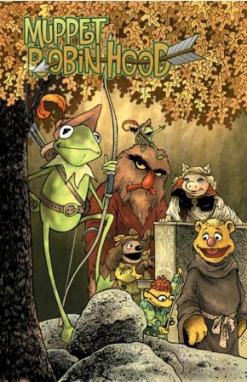
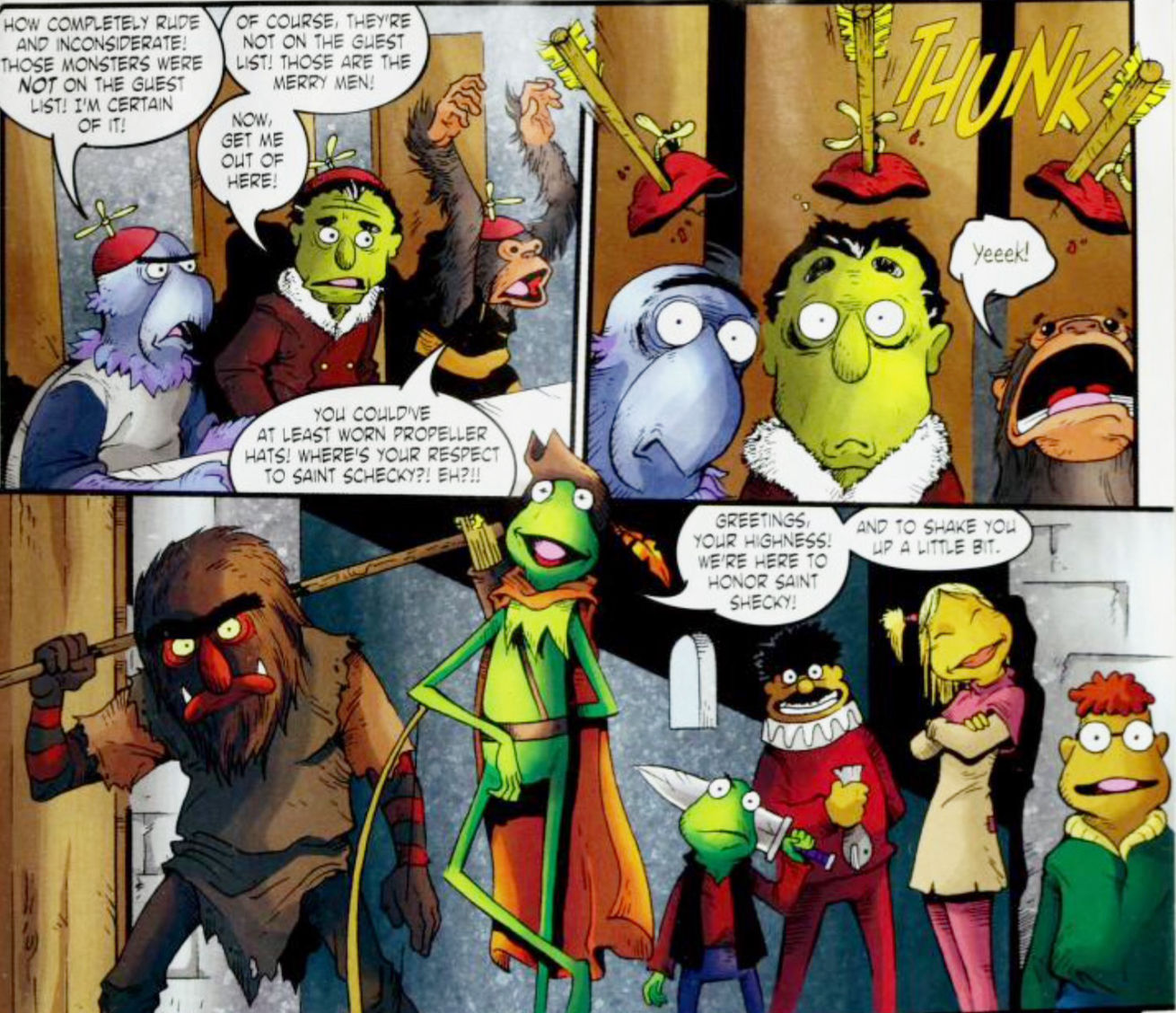
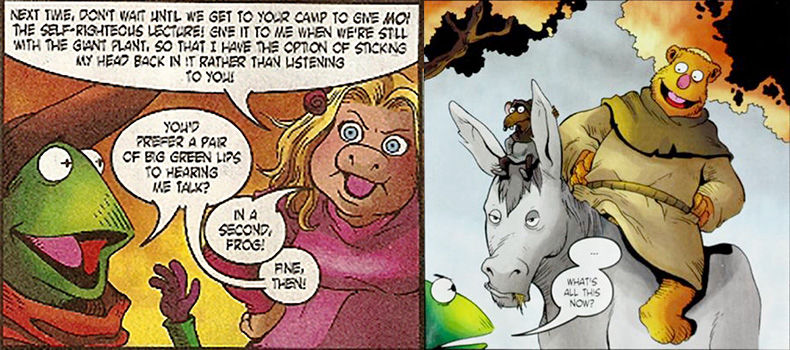
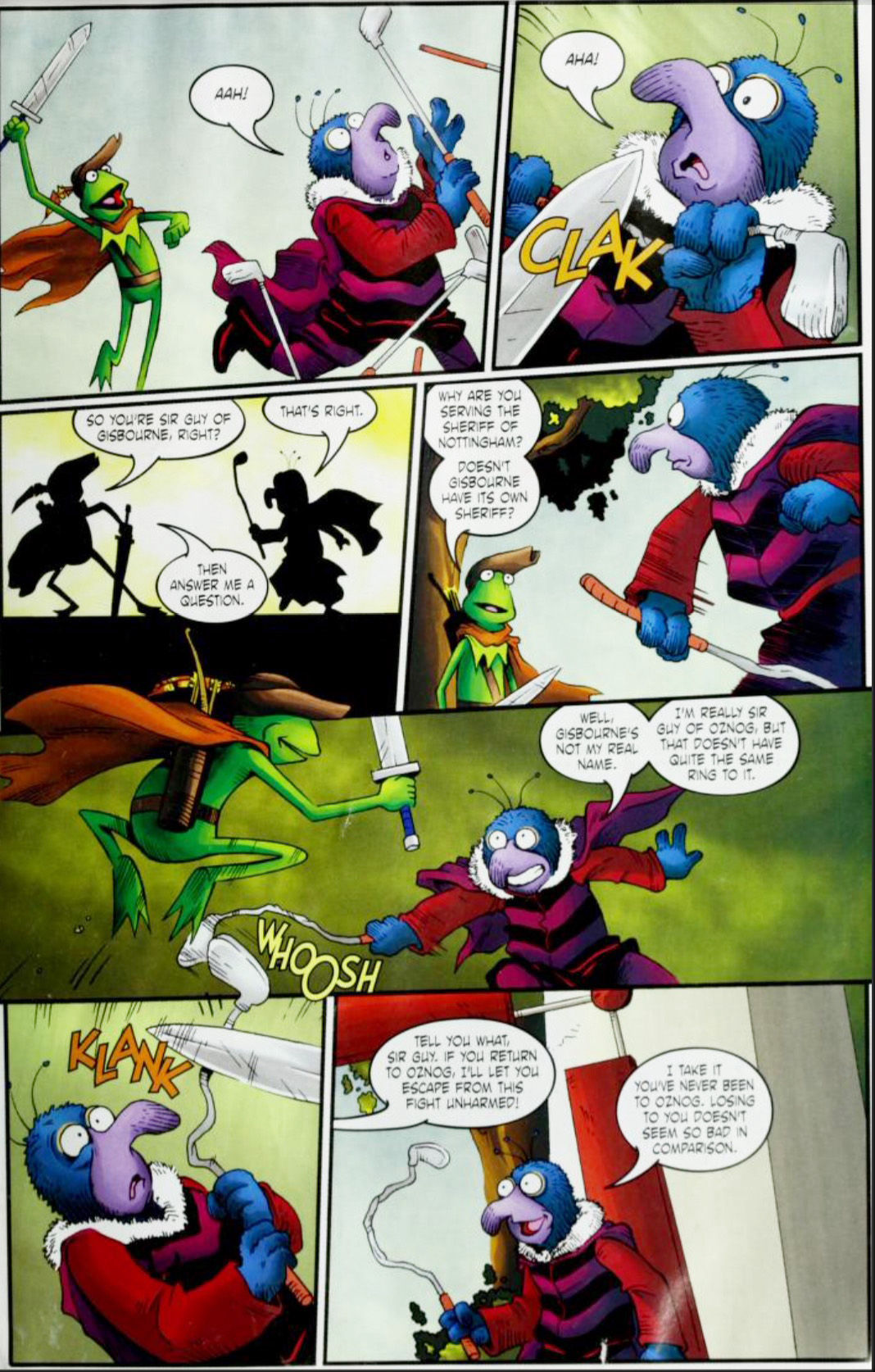
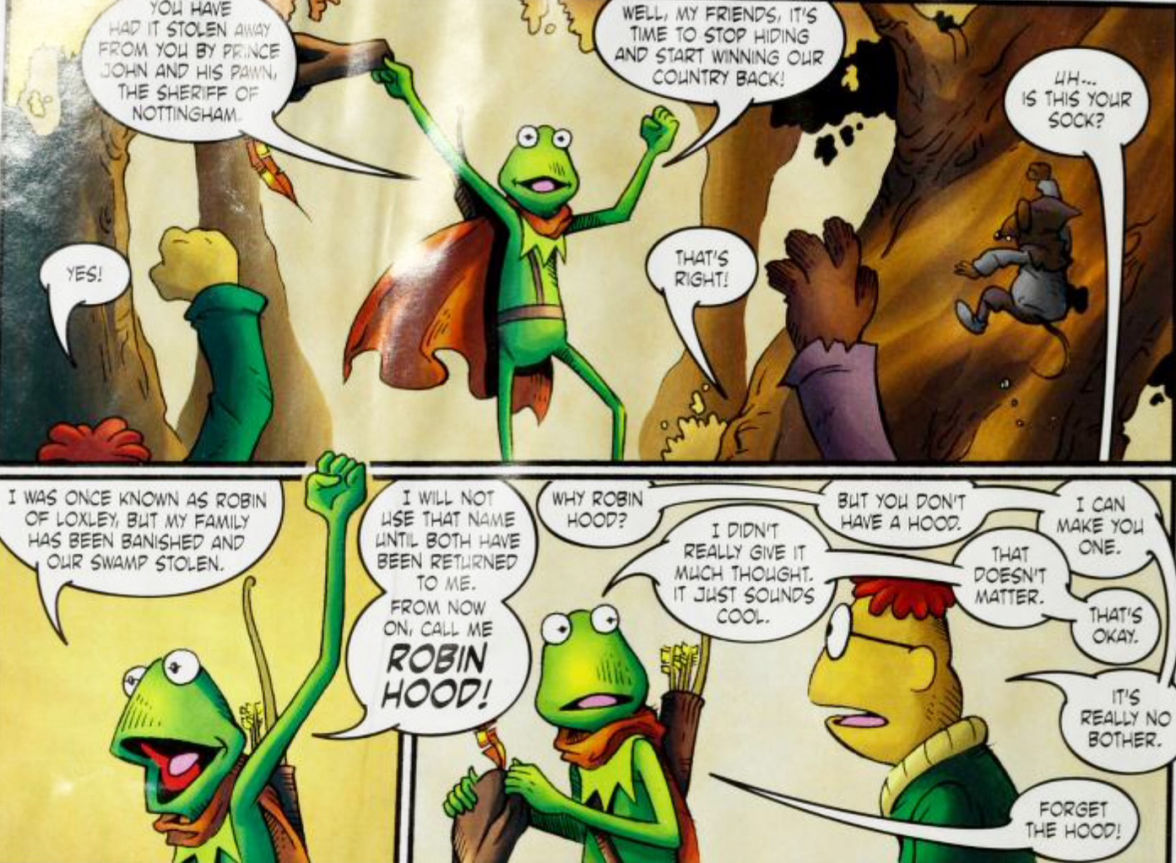
Contact Us